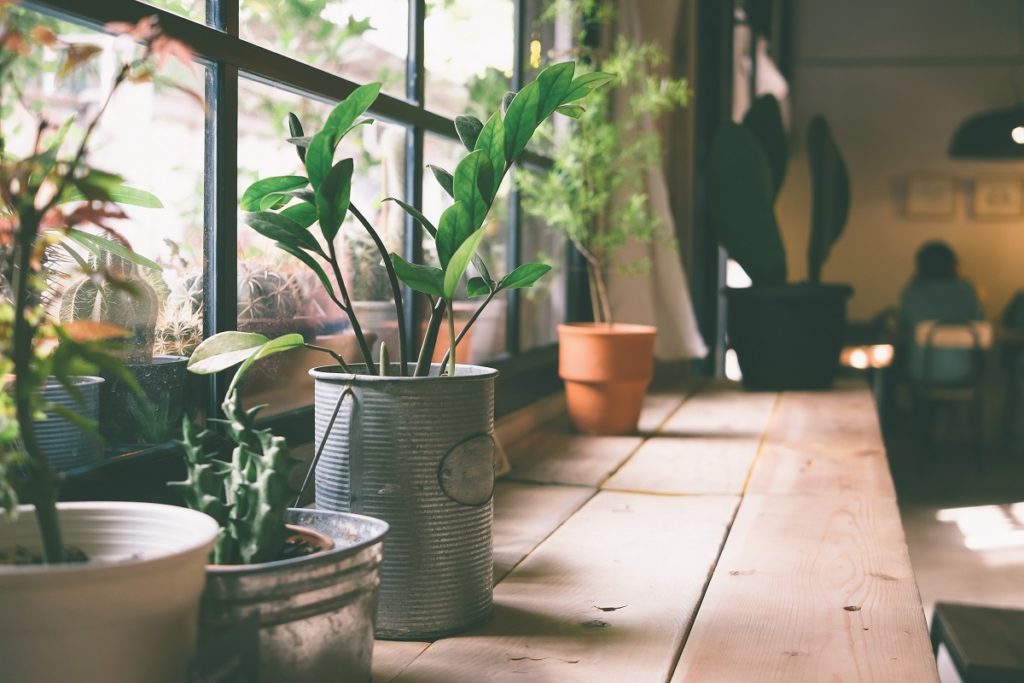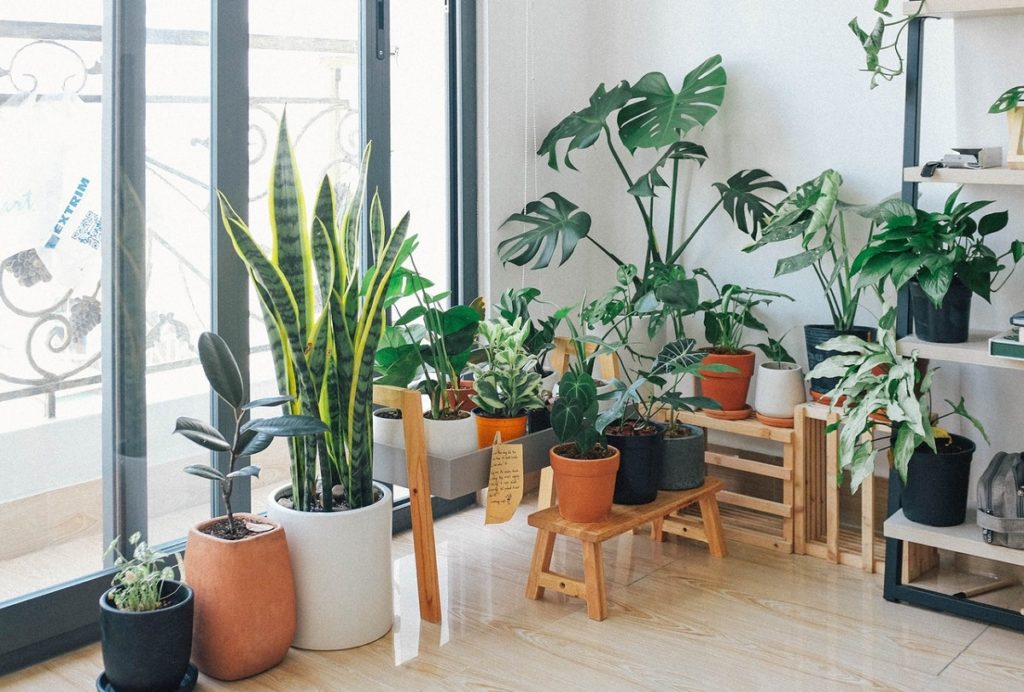Gardening can’t just make your home look amazing, but it can also do wonders for your overall health. According to several scientific studies, this activity promotes quality sleep, helps maintain a good weight, and builds physical and mental strength. Gardening is also a great way for boosting moods and helping individuals suffering from stress to return to a positive state.
While typical gardening requires enough outdoor space and quality soil, creating one indoors can be just as healthful and satisfying. Whether you are into planting vegetables and herbs or growing unique flowering plants, creating an indoor garden can be an amazing idea. Ready to give this a try? Here five steps to set up your first indoor garden.
-
Secure the perfect growing spot
The first step to creating an indoor garden is finding the best spot. When checking for areas around your home, consider aspects such as space and light availability. While it’s usually recommended to pick a room that doesn’t require too much artificial lighting, other experienced gardeners reveal that these lighting systems can sometimes be beneficial as they provide consistent exposure to the plants.
-
Determine what you want to grow
The next step is to decide which vegetables, herbs, or flowers you want (and can) grow inside your house. Base your decisions on things like the artificial lights you’ll need for planting, the actual space available, as well as the type of vegetables best for indoor gardening. If you got a room with limited access to natural light, growing several plants might not be feasible. Pick those that can survive with little shade, such as kale, arugula, spinach, and leaf lettuce.
If you have a space with great access to sunlight, you can start fresh homegrown peppers, eggplant, and cherry tomatoes. Such setup is also generally ideal for most blooming plants such as Hoya Carnosa, Poinsettia, Gloxinia, and Hydrangeas.
-
Choose the right containers

Selecting the right plant containers is essential, particularly if you’re going for a soil-based indoor garden. While greens can survive in almost all container sizes, it’s still necessary to consider the requirements of the plants you’re planning to grow. For instance, peppers and tomatoes in wider varieties require at least three-gallon to five-gallon pots so that their roots have room to grow.
You can plant your small root crops or greens in the same container and use separate pots for the larger plants. This will allow the plants to grow in their full size. If you want to save time when it comes to gardening, you can purchase self-watering containers that already have their own water storage tank. You need to fill in the reservoir once it’s empty and not worry about underwatering or overwatering.
-
Think about ventilation
Air ventilation is vital for setting up a blooming indoor garden. Too much cool or warm air is not good for plants, so be sure to avoid placing them above or in front of your air conditioner or heater. For plants that require direct sunlight, place them near your windows. To completely improve natural ventilation in your home and for your entire indoor garden, replacing your windows is a smart move.
For window replacements, experts suggest using casement types for maximum ventilation. Other types with great ventilating features include double-hung, sliding, bow, and bay windows. Lastly, make sure to utilize the right exhaust system to keep a balanced amount of CO2 and fresh air circulating your growing indoor plants.
-
Plan for watering and fertilization
Aside from ventilation, you also need to plan your indoor garden’s watering system. The frequency and amount of water you need will depend on your plants’ type and age and your growing conditions. If you got a sunnier room, you’d need to water more often. One expert tip to watering your newly planted crops is to keep the soil slightly moist in the first weeks. Slowly reduce the watering frequency once your crops get more established. In general, tap water is fine for indoor plants.
Moreover, most plants absorb nutrients such as potassium and nitrogen from their roots in soil or nearby decaying twigs and leaves. For such reason, regularly fertilizing your indoor plants is essential to ensure they’ll get the nutrients they need.
Creating your own garden indoors is ideal for living in an apartment or house with limited yard space. But while this method can require more tending compared to the traditional way, the health benefits can be just as fruitful. Just be sure to do proper planning to set up the best indoor environment where your plants can thrive.


